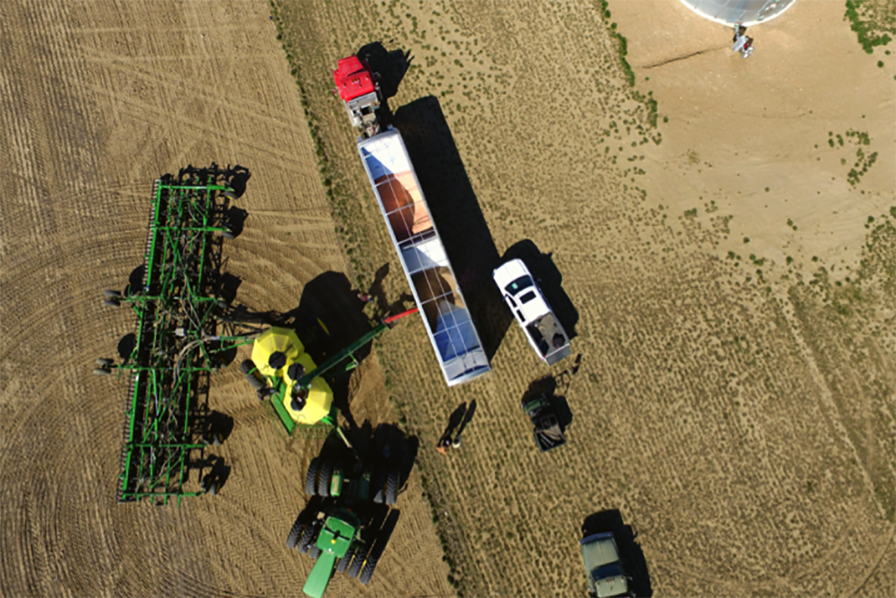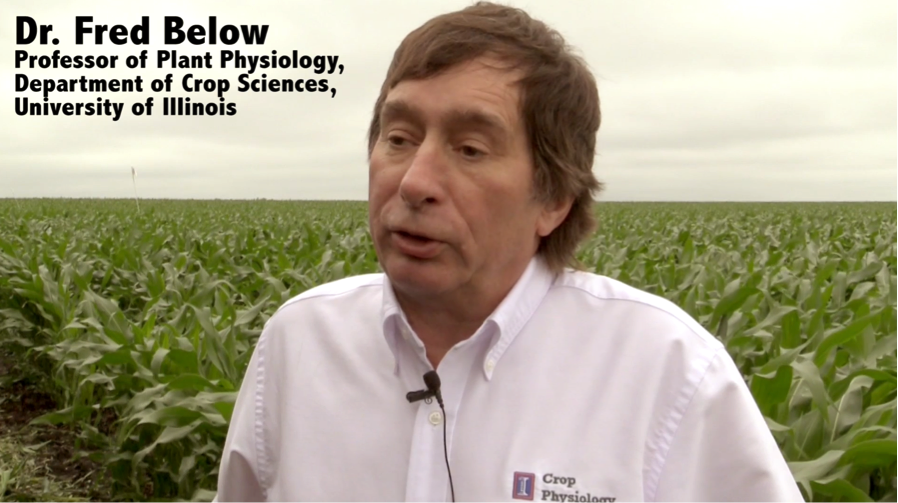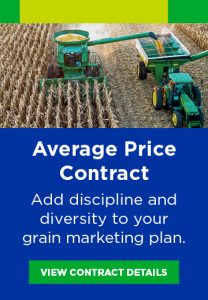
It’s easy to look around and see how agriculture impacts our world. This might be one of the reasons you chose a career in production agriculture. Even though you love your chosen career path, it doesn’t mean there aren’t challenges out there every day. The difference between the successful growers and the ones who aren’t as successful is how they approach the challenges that come their way.
The best way to solve a challenge is by looking at the opportunities behind the challenge and then taking control of your own destiny. The following are three very different challenges, but each with opportunities for you to succeed.
1. Shrinking profit margins
We will start with this one because it is a big one and most likely related either directly or indirectly to all your other challenges. This is a great opportunity to take back as much control as you can. We understand that you can’t control the prices of commodities directly, but you do have an opportunity to manage the price volatility.
The first step is to understand your breakeven cost of production. Do you know what it costs you to produce a bushel of the product you plan to grow next season? If not, today is the day to start figuring it out, as that knowledge will help you with this challenge and many future ones.
If you need help, consult a professional who can help you look at your individual scenario and figure out the numbers. Your lender might be a great place to start, but there are also other farm management resources you can look to such as the USDA Farm Services Agency (FSA). They have offices in every state and in many counties within those states.
Once you know your breakeven, take the appropriate marketing options when pricing hits that level or higher. There is not one correct answer for all growers, so look at a plan that will make you successful. If you need help, there are professionals who will help you or attend a class or meeting on crop marketing in your area. The Cooperative Extension Service has county offices throughout the country. Many offer these types of classes or can provide you with information about how to find them.
2. Determining What Crops to Grow Next Season
As you are looking at your own business situation, you will review the different crops for your area and your breakeven cost of production for each of these crops.
This will be a big step in helping you determine what the best crops will be for you to produce next season.
In addition, consider other variables related to that crop as you make your decision, including equipment needs, crop nutrition and crop protection inputs that will help you achieve your yield goals.
You will also want to look at historical yields for the crop to see what opportunities exist. A best practice is to not always count on higher yields to offset lower prices, but to always strive to get the best yield possible. With that in mind, make sure you keep fertility and crop protection as an important part of your plan.
Plan early so you have a chance to take advantage of any seasonal or pre-pay discounts that your retailer may offer on seed, fertilizer and crop protection products as it may be financially better for your operation if you are able to make commitments earlier and save money on input costs.
3. The New Herbicide and Trait Technologies
Sometimes bigger decisions within our industry create challenges for you as an individual grower. An example of one important challenge currently facing many soybean growers is the new herbicide and trait technologies that have been approved or are in the process of being approved for the 2017-growing season.
As with any changes, there are always a lot of unknowns out there. However, there is also the opportunity to achieve better things with the new opportunities that technology brings. Weed management is very important topic within the ag industry. Information on this topic is available regularly from a variety of resources including university researchers and industry organizations, large manufacturers and the USDA. Make sure you stay informed and use the knowledge from these resources to help you make decisions for your own operation.
If you are feeling overwhelmed or don’t understand all the requirements and procedures related to the new products and technologies, reach out to our team. We can help you use the information to help you achieve your own operational goals.
Original Source: Leaders of In-Furrow Technology, West Central

 “We appreciate our owners’ commitment to the governance of the company they own, as evidenced by their strong interest in the proposed changes to the core CHS governing documents” says CHS Board Chairman David Bielenberg. “Having a voice in the governance of the company you own and do business with is an essential point of difference of the cooperative business model.”
“We appreciate our owners’ commitment to the governance of the company they own, as evidenced by their strong interest in the proposed changes to the core CHS governing documents” says CHS Board Chairman David Bielenberg. “Having a voice in the governance of the company you own and do business with is an essential point of difference of the cooperative business model.”

 There are many issues growers face in today’s agricultural industry. One rising to the top of the list is low commodity prices.
There are many issues growers face in today’s agricultural industry. One rising to the top of the list is low commodity prices.
 There are best management practices growers can follow this fall to optimize fertilizer applications.
There are best management practices growers can follow this fall to optimize fertilizer applications.
